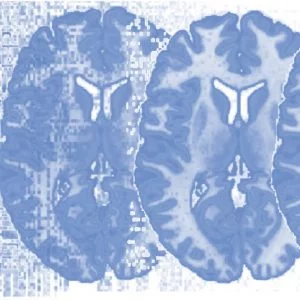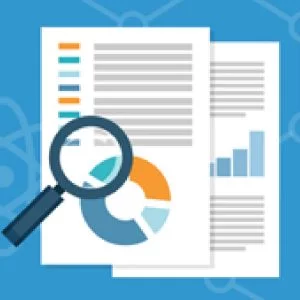
Welcome! If you’re interested in the exciting world of data science, but don’t know where to start, then this is the beginning for you.
Data Science course description:
Hands–On Data science and Machine learning course designed to impart the training to understand the scientific techniques to extract meaning and insights from data. A data scientist requires skill sets spanning mathematics, statistics, machine learning and knowledge of data analytics software like Python, R and SAS. This course designed to introduce participant s to this rapidly growing field and equip them with some of its basic principles and frequently used tools as well as its general mindset. Participants will learn concepts, techniques and tools they need to deal with various facets of data science practice, including data collection and integration, machine learning exploratory data analysis, predictive modeling, descriptive modeling, Algorithm techniques, Linear algebra, evaluation, and effective communication. Emphasis placed on integration and synthesis of concepts and their application to solving real life problems. To make the learning contextual, case studies from a variety of disciplines used in this course.
Machine learning
To automate analytical model building we use Machine learning. Machine learning is a field of research that enable computers to learn from data. ML uses to recognize objects in images, to identify meaning in text and trends in data involving a variety of useful techniques that can be applied to big data.
Instructor Details
Courses : 2
Specification: Mastering Data Science : Learn Hands-On
|
1 review for Mastering Data Science : Learn Hands-On
Add a review Cancel reply
This site uses Akismet to reduce spam. Learn how your comment data is processed.

| Price | $12.99 |
|---|---|
| Provider | |
| Duration | 23.5 hours |
| Year | 2020 |
| Level | All |
| Language | English |
| Certificate | Yes |
| Quizzes | Yes |

$49.99 $12.99






Vaclav Kulhavy –
In fact, it’s a difficult task to rate this course. I’d like to emphasize that I’ve found a lot of interesting topics inside, however I personally use only 30% of the content dedicated to Python. The rest is the repetition of the concepts in R and SAS. Concerning the first part: There’re partially missing study materials as well as the lecturer reads a lot what is written in slides. Next, I’d say the topics are well covered, however the content is rather about the mathematically oriented people.